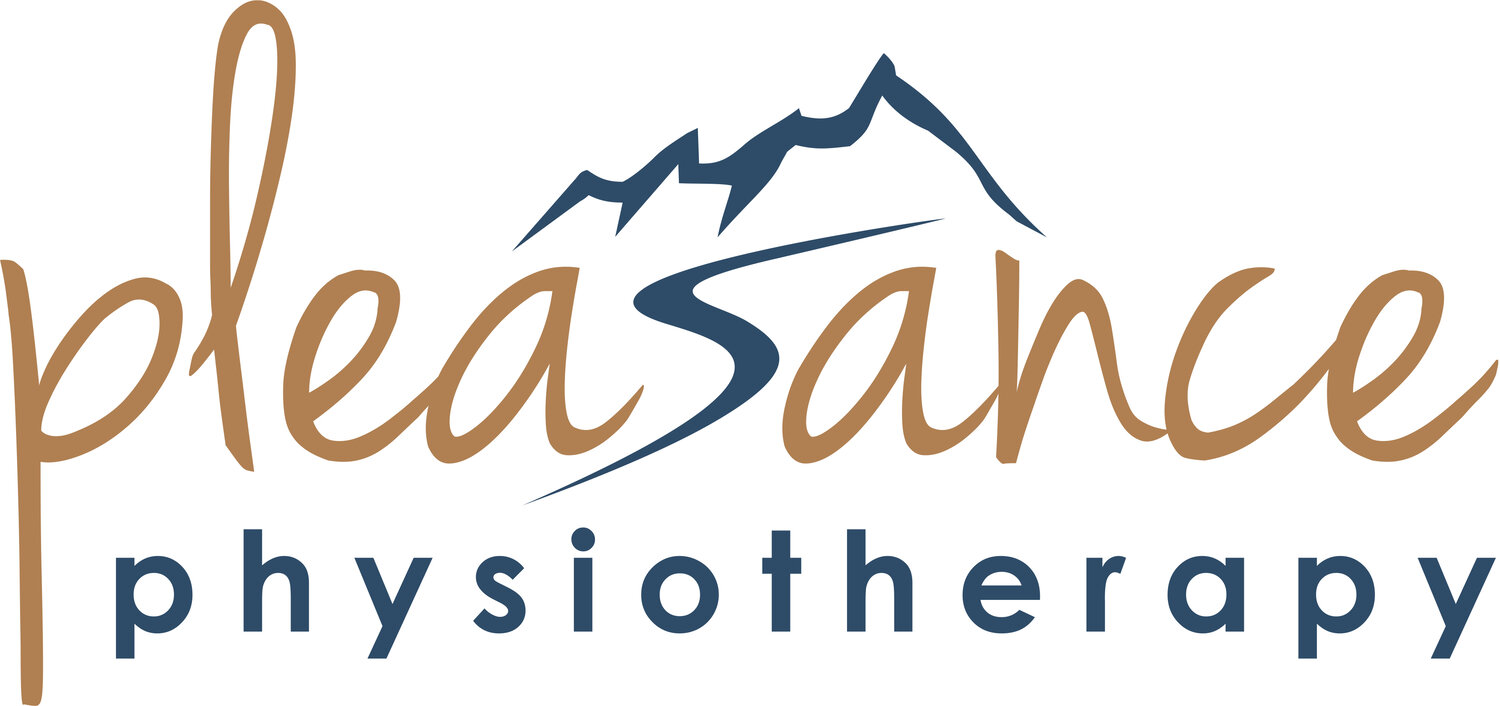What is the best form of exercise for low back pain? Can Pilates help?
Back pain is the most common form of chronic, longstanding pain. A whopping 84% of the Canadian population will experience low back pain at some point in their lifetime (1).
Exercise is often recommended as a treatment strategy to decrease low back pain and it’s a strategy I commonly use in my physiotherapy practice.
But which type of exercise is best for lingering back pain (pain lasting > 12 weeks)?
A recent study (2) aimed to determine which form of exercise is best for reducing pain and disability associated with chronic low back pain.
They compared numerous studies involving various forms of exercise.
This included: aerobic exercise, strength training, combined exercise, core-based exercise, McKenzie exercises, Pilates, stretching and mind-body exercise.
The study determined that all forms of exercise were effective for managing pain and disability on some level. So keep moving! There were a few exceptions including stretching for pain and McKenzie exercises for disability. This implies that stretching exercises were not effective at providing pain relief on their own and McKenzie exercises did not improve day to day function for individuals.
The most beneficial programs were those including:
at least 1-2 session per week of Pilates or strength exercises
Sessions of < 60 min of core-based strength, or mind-body exercises
Pilates and core-based exercise program lasting 3-9 wks
Overall, Pilates provided the highest scores for reducing pain and reducing disability in people with chronic low back pain. Win, win!
I love using Pilates in my clinical practice because it promotes:
core control and core strength
spinal mobility
postural and spinal alignment
body awareness
breathing control (which helps with relaxation and pain relief)
Perhaps, Pilates showed the best results because it encompasses elements of various other exercise modalities. It incorporates components of core strength, along with mind-body exercise. It can also be customized to the needs of an individual, which is oh so important!
Pilates can be adapted to the spinal condition, pain level, personal preferences and fitness level.
Would you like to incorporate Pilates into your rehab strategy?
Reach out to discuss your individual plan!
Lindsay Pleasance, PT, FCAMPT, CIDN
Physiotherapist and Pilates Enthusiast
References:
(1) The Canadian minimum dataset for chronic low back pain research: a cross-cultural adaptation of the National Institutes of Health Task Force Research Standards, Anaïs Lacasse, PhD, Jean-Sébastien Roy, PT, PhD, Alexandre J. Parent, PhD, Nioushah Noushi, BMSc, Chúk Odenigbo, BSc, Gabrielle Pagé, PhD, Nicolas Beaudet, PhD, Manon Choinière, PhD, Laura S. Stone, PhD, Mark A. Ware, MD, MSc, and for the Quebec Pain Research Network's Steering Committee of the Low Back Pain Strategic Initiative, CMAJ Open. 2017 Jan-Mar; 5(1): E237–E248
(2) Best Exercise Options for Reducing Pain and Disability in Adults With Chronic Low Back Pain: Pilates, Strength, Core-Based and Mind-Body. A Network Meta-analysis RUB.N FERN.NDEZ-RODR.GUEZ, CELIA .LVAREZ-BUENO, IV.N CAVERO-REDONDO, ANA TORRES-COSTOSO, DIANA P. POZUELO-CARRASCOSA, SARA REINA-GUTI.RREZ, CARLOS PASCUAL-MORENA, VICENTE MART.NEZ-VIZCA, Journal of Orthopaedic & Sports Physical Therapy, Vol 52, No 8, August 2022

